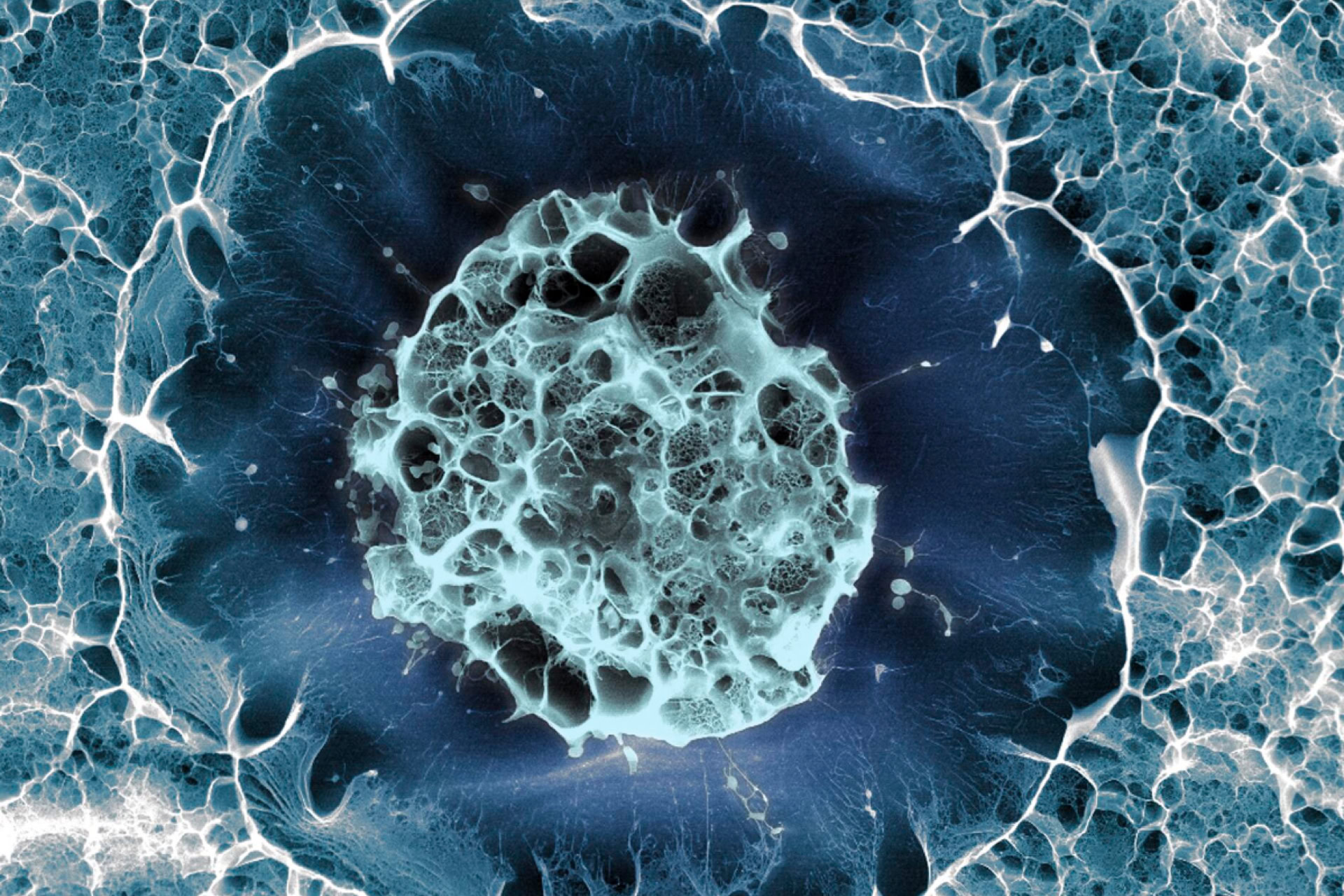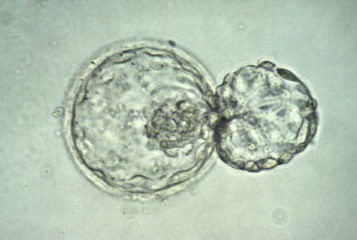Scientists from Advanced Cell Technology (ACT) working in collaboration with eye specialists from the University of Utah, have used human embryonic stem cells (ES cells) to partly restore vision in rats suffering from a form of degenerative blindness used to mimic macular degeneration. According to Robert Lanza of ACT who led the study, macular degeneration affects more than 30 million people worldwide and is the leading cause of blindness in people over 60 in the United States. The rats used in the study have been genetically altered to have defective eyes which deteriorate after birth.
The team generated a number of human ES cell lines that resembled retinal pigment epithelial cells - cells that support the photoreceptors in the eye. The researchers injected around 20,000 engineered stem cells per eye into the retinas of rats. Forty days after treatment the rats were tested for signs of improved vision as compared to a control group that received eye injections without the stem cells. The treated rats were found to be twice as responsive as the control rats in a test that measured retinal electrical activity in response to flashes of light. Other tests showed an improved ability to track movement on a moving display. Microscopic examination after death (at 100 days), showed the treated rats had healthy photoreceptor layers of 5-7 cells thick (unaffected rats have cell layers 10-12 layers thick). The untreated rats had an average thickness of only one cell.
The eye is a particularly desirable region for targeting developing stem cell therapies as it is 'immune-privileged' - 'foreign' cells injected into the eye are not so readily rejected as in other areas of the body. In this experiment all of the injected cells grew normally and did not form tumours or divide in an unusual way. Critics of the experiment, reported in the journal 'Cloning and Stem Cells' point out that the genetically induced eye disorder in the rats is not identical in cause to macular degeneration so any breakthrough may not be applicable to patients with the condition, and also that this treatment can only rescue remaining vision, it cannot restore any photoreceptors which have already degenerated. Any improvement gained by the new technique could also be susceptible to whatever disease process caused the original damage.
Lanza points out that this technique, if successful in humans, would not rely on new embryos or donors. A limited number of stem cell lines could be used to generate a large number of cell lines able to match a good proportion of the population. The company has previously stated its plan to seek permission from the US Food and Drug Administration next year to use stem cells to treat people with macular degeneration. Ian Wilmut, editor of Cloning and Stem Cells and one of the scientists responsible for cloning Dolly the sheep, commented 'These observations are very exciting as they show that one day it will be possible to treat diseases of human eyes with cells', he added that the results, 'emphasize the great potential benefit of research with human embryo stem cells'.
Sources and References
-
Stem cell experiments slow vision loss in rats
-
Stem cells put a stop to macular degeneration
-
Human Stem Cells Are Found to Help Rats' Vision




Leave a Reply
You must be logged in to post a comment.